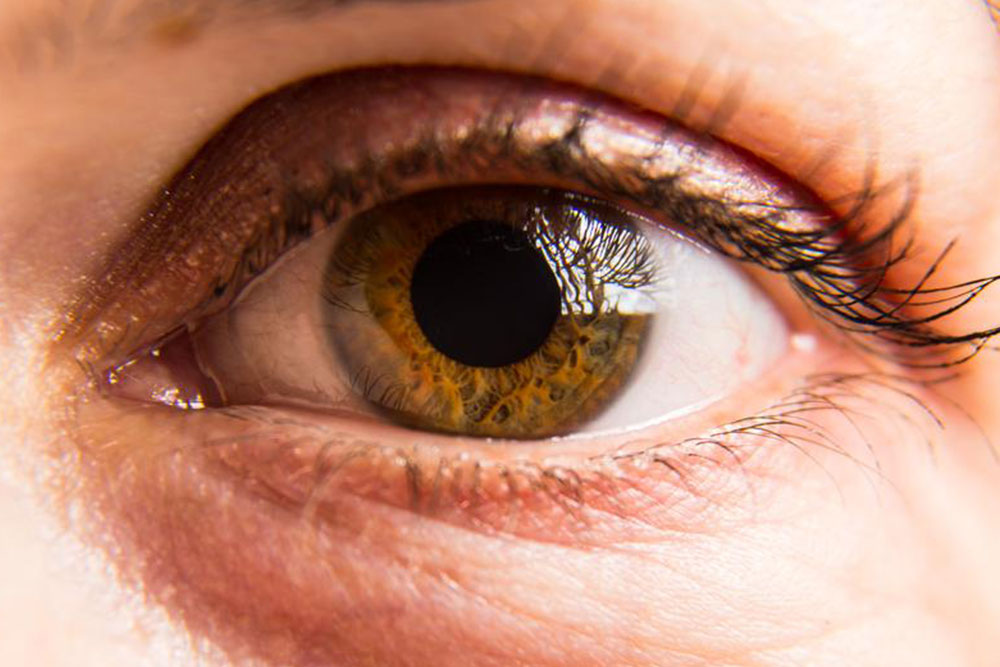Understanding Double Vision: Causes and Treatments
This article explains the causes and treatment options for double vision, highlighting differences between monocular and binocular diplopia. It emphasizes the importance of early diagnosis and consulting healthcare professionals for effective management of underlying conditions that lead to double vision, such as eye muscle issues, neurological disorders, or systemic health problems.

Understanding Double Vision: Causes and Treatments
Double vision, or diplopia, occurs when the eyes do not align properly, resulting in two visual images of a single object. This condition can affect one eye (monocular diplopia) or both (binocular diplopia). Treatment varies based on the underlying cause and type. Common causes include issues with eye muscles, neurological conditions, or eye health problems. Monocular diplopia may be linked to astigmatism or cataracts, while binocular diplopia could result from muscle misalignment, nerve issues, or systemic illnesses. Recognizing symptoms early and consulting an eye specialist is essential for proper management.
Causes of double vision encompass a range of health issues. Monocular diplopia often results from refractive errors or cataracts, whereas binocular diplopia may be related to muscle problems, nerve damage, or neurological disorders like stroke or multiple sclerosis. Conditions like thyroid eye disease, diabetes-induced vascular damage, or head injuries can also lead to double vision. Treatment approaches depend on diagnosis and may include corrective lenses, eye exercises, or surgery. Timely medical attention is crucial to address underlying health conditions and preserve vision.










